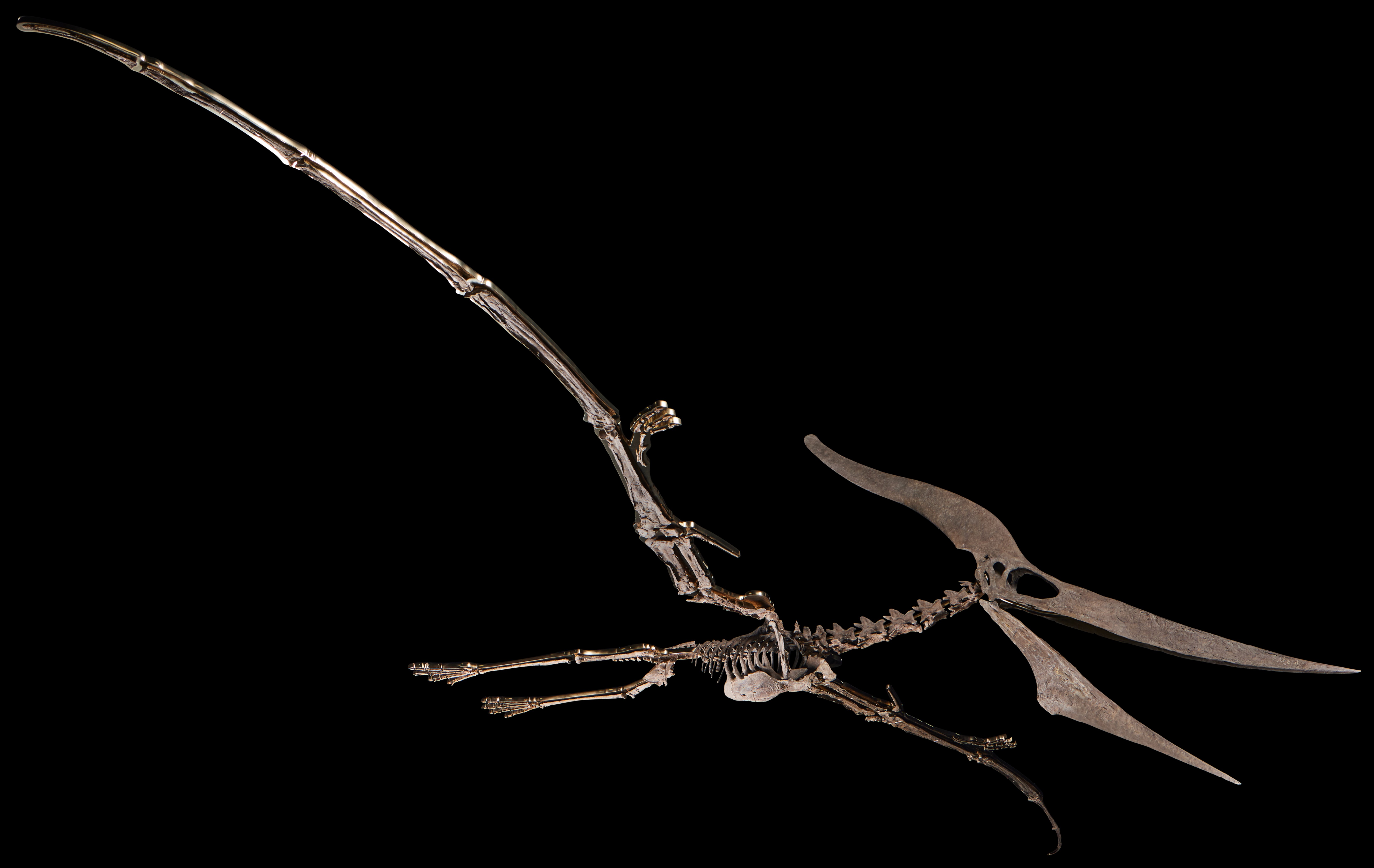This 85 Million-Year-Old Pterodactyl Skeleton Just Sold For Nearly $4 Million
With a 20-foot wingspan, the carnivorous “King of the Skies” had air superiority over feathered dinosaurs.

While tyrannosaurus rex is reputed to be the ultimate apex land predator, this pteranodon recently auctioned by Sotheby’s was the undisputed “King of the Skies” during its reign some 85 million years ago.
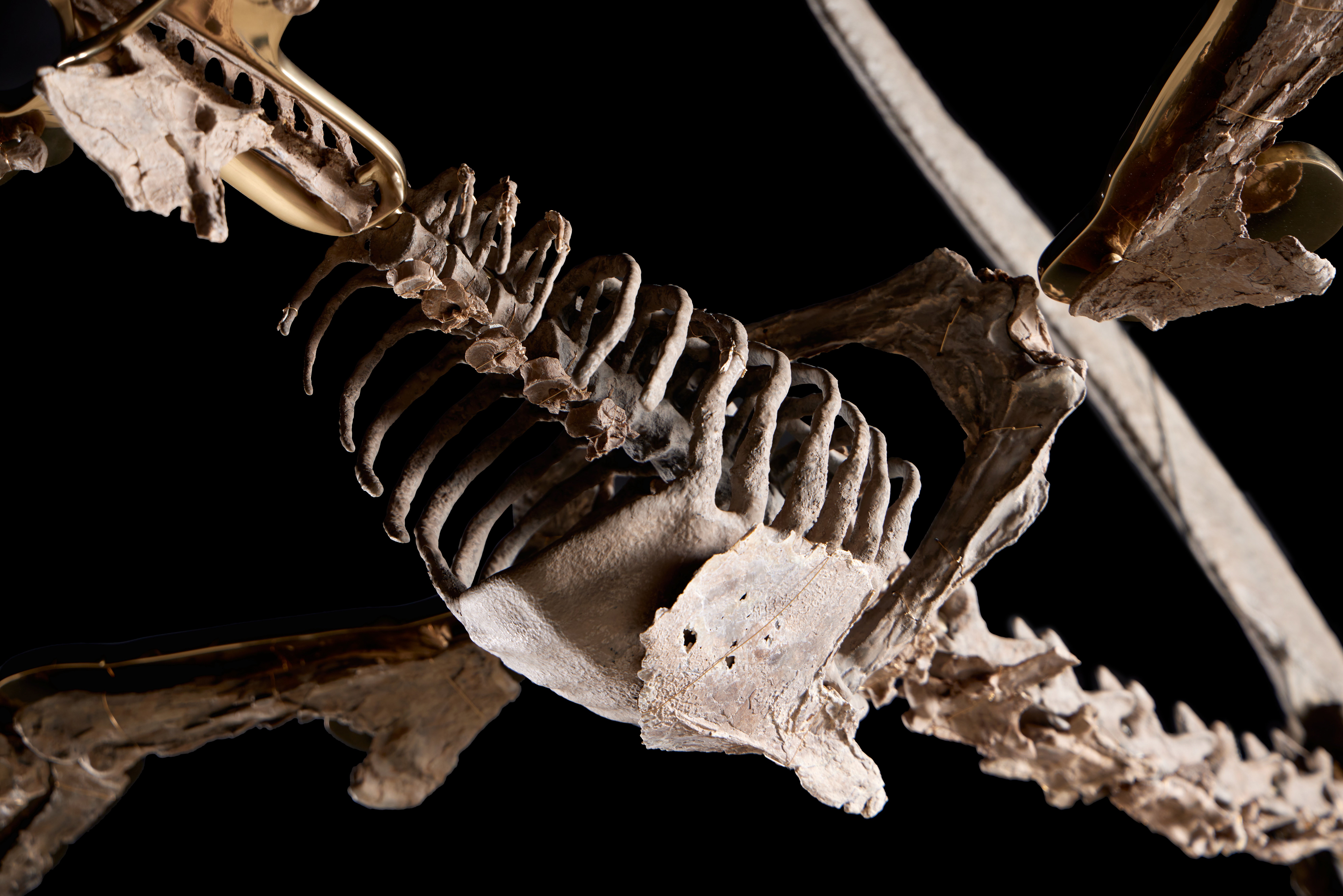
The pteranodon genus belongs to the pterosauria, an order of carnivorous flying reptiles referred to colloquially in Jurassic Park and common vernacular as pterodactyls. Pterosaurs, aka “winged lizards,” are the largest flying animals that ever existed and the first vertebrates capable of powered flight.
Though not technically dinosaurs, Pterosaurs lived alongside the fabled prehistoric creatures after branching off from a common ancestor approximately 230 million years ago, making them more closely related to birds and dinosaurs than any extant reptile. The are believed to have had air superiority over feathered dinosaurs and birds during the Mesozoic Era before going extinct around 66 million years ago at the end of the Cretaceous Period.
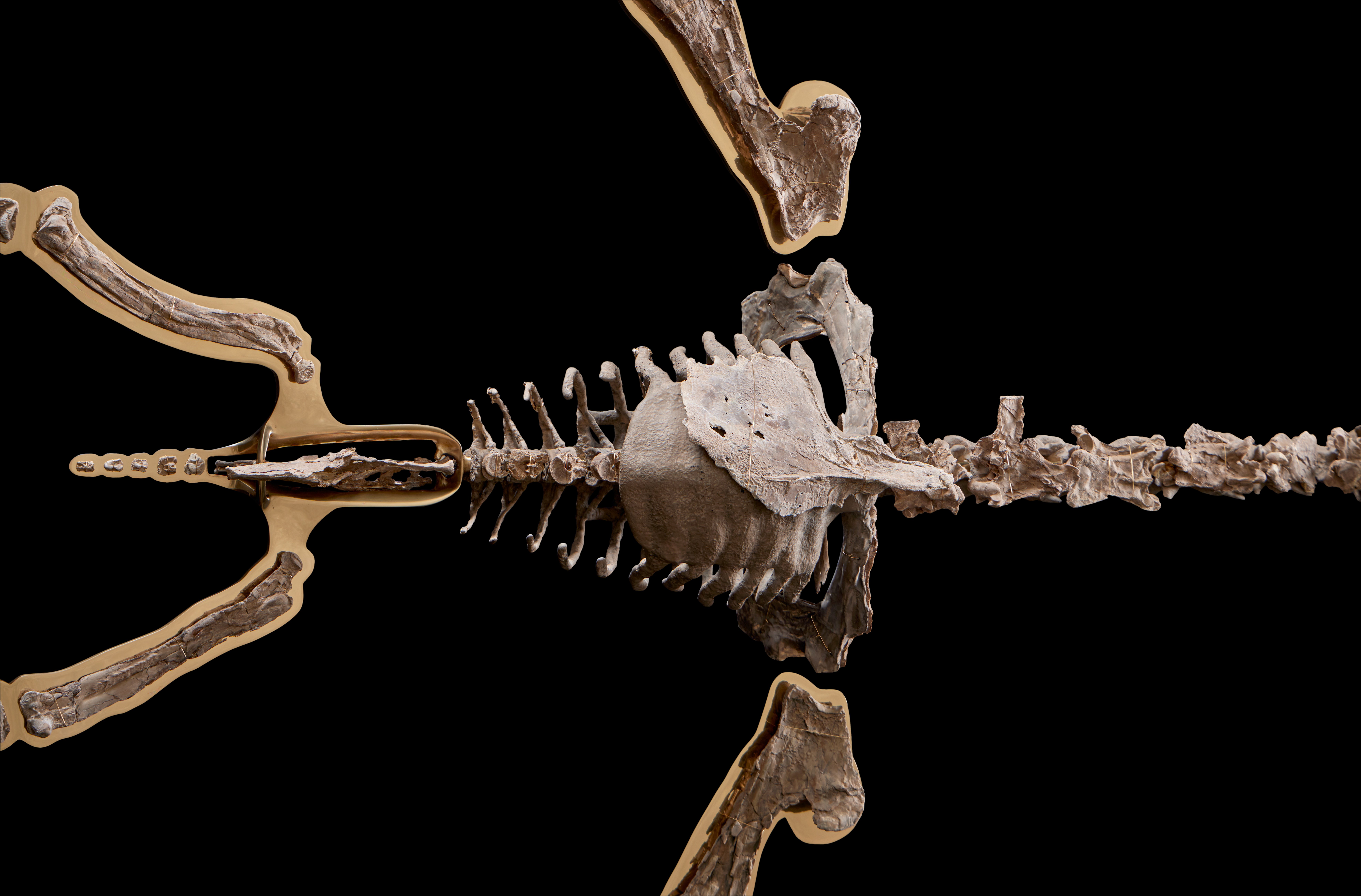
According to Sotheby’s, the paleontological history of pterosaurs officially began with the identification of the Jurassic pterodactylus from Solnhofen, Germany in 1784. With a wingspan of only 3 feet, this earliest pterosaur discovery was dwarfed when Othniel Charles Marsh, the first professor of paleontology in the United States, discovered and named the first pteranodon skeletal elements among Kansas’ Niobrara Formation in 1870 and 1876.
This specimen, named “Horus” after the Egyptian god of the sky and kingship, was discovered by a fossil hunter in 2002 in the same county in which Marsh first encountered pteranodon over a century earlier.
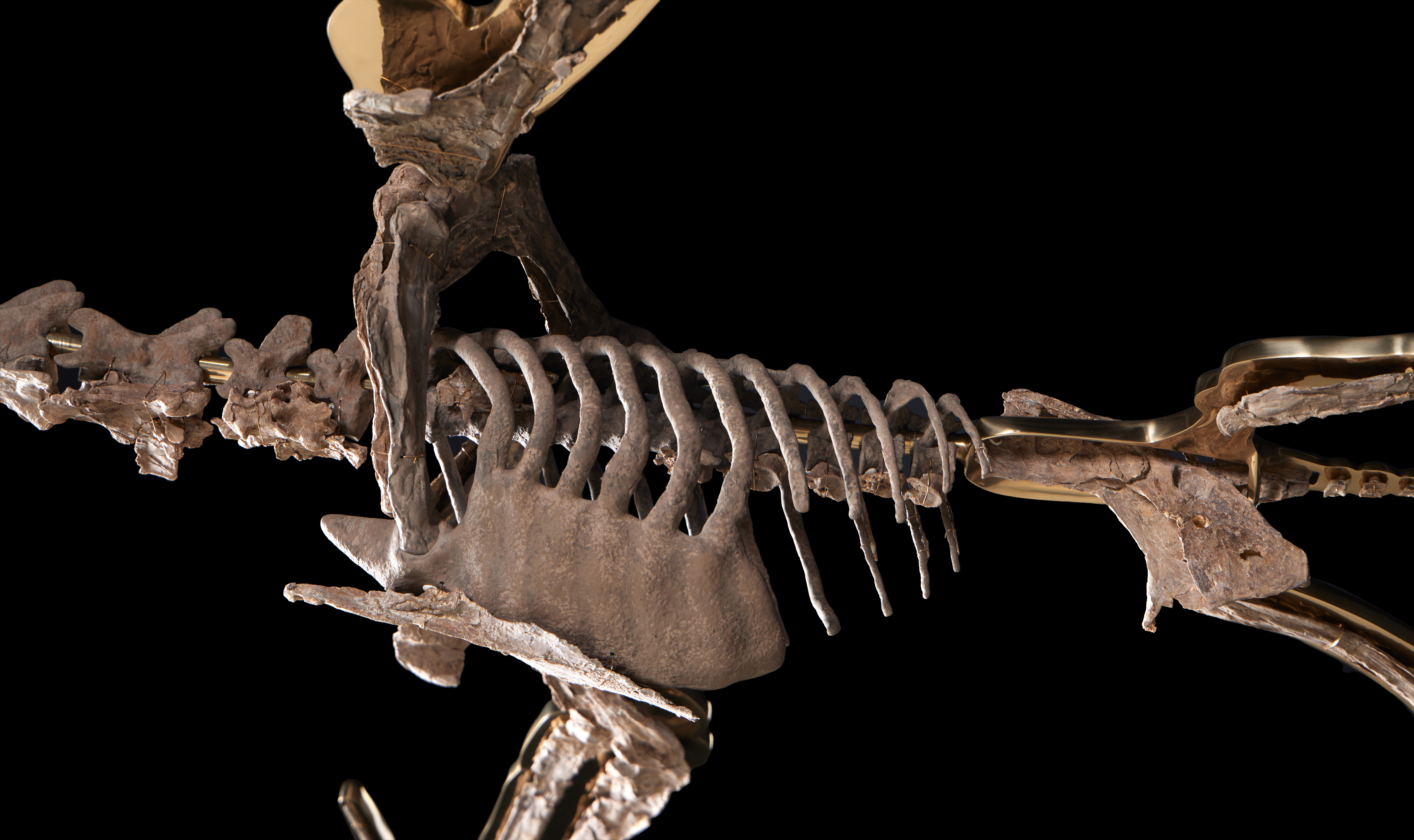
With a 20-foot wingspan and 9-foot-9-inch body from the tip of its skull to the ends of its hindlimb digits, Horus boasts approximately 107 fossil bones, including nearly all of a wing, its legs and feet, a nearly complete pelvis and cervical vertebrae set, and a partial rib set. Bones not found at the dig site were replaced with high-resolution 3D printed elements, primarily mirrored from the specimen itself.
Two species of pteranodon are known to exist, distinguished geologically by time and morphologically by the shape of the cranial crest. The older species is Pteranodon sternbergi, having a more vertical crest, and its stratigraphic successor, Pteranodon longiceps, evolved a more backward-projecting crest seen on Horus.
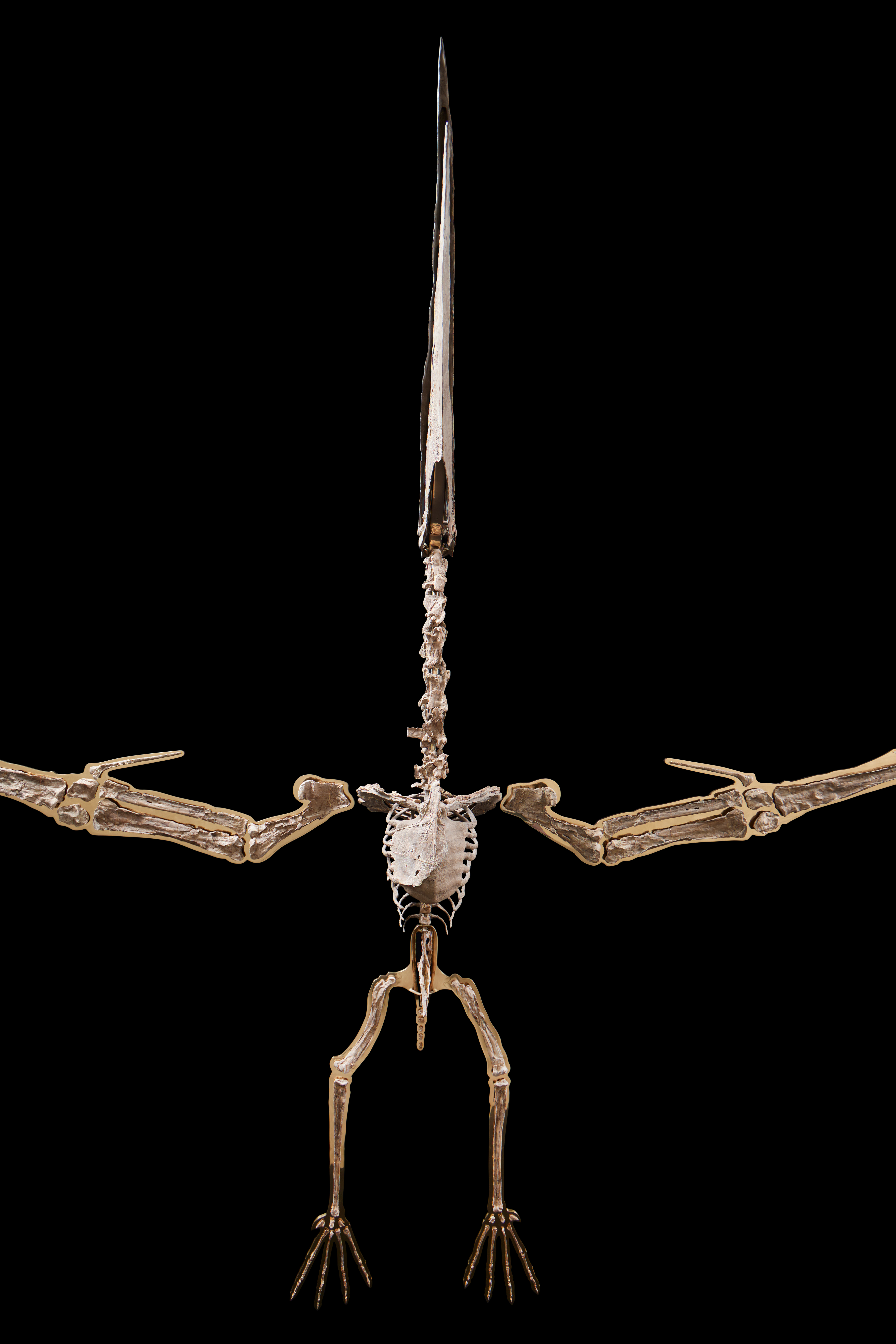
As such, Horus is among the largest and most well-preserved pteranodon longiceps skeletons ever discovered. Believed almost certainly to be a male adult, his articulated skeleton’s majesty can be fully appreciated on his custom bronze armature, which is rigged for ceiling suspension.
Horus sold for $3.9 million at Sotheby’s annual Natural History auction in late July—click here to learn more.
